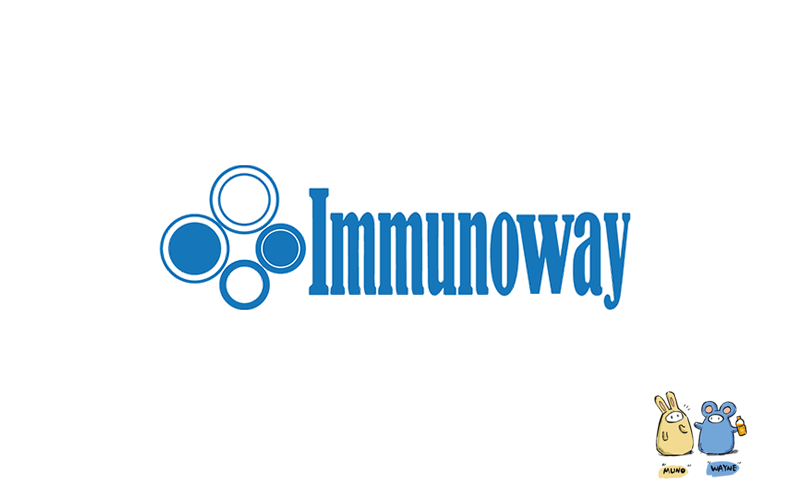
货号: YD3058
规格
价格
货期
数量
500μg
¥6,780.00
现货
0
50μg
¥1,360.00
现货
0
5μg
¥260.00
现货
0
加入购物车


已收藏


收藏
详细信息
组成
Phosphate-buffered solution
来源
Mammalian cells
纯度
>90% as determined by SDS-PAGE
储存
-15°C to -25°C/1 year(Avoid freeze / thaw cycles)
抗原&靶点信息
序列:
Amino acid:19-238,with human FC tag.
展开内容
基因名称:
CD274
展开内容
蛋白名称:
Programmed cell death 1 ligand 1 (PD-L1) (PDCD1 ligand 1) (Programmed death ligand 1) (hPD-L1) (B7 homolog 1) (B7-H1) (CD antigen CD274)
展开内容
别名:
Programmed cell death 1 ligand 1 ;
PD-L1 ;
PDCD1 ligand 1 ;
Programmed death ligand 1 ;
hPD-L1 ;
B7 homolog 1 ;
B7-H1 ;
CD antigen CD274 ;
CD274 ;
B7H1 ;
PDCD1L1 ;
PDCD1LG1 ;
PDL1 ;
PD-L1 ;
PDCD1 ligand 1 ;
Programmed death ligand 1 ;
hPD-L1 ;
B7 homolog 1 ;
B7-H1 ;
CD antigen CD274 ;
CD274 ;
B7H1 ;
PDCD1L1 ;
PDCD1LG1 ;
PDL1 ;
展开内容
功能:
Plays a critical role in induction and maintenance of immune tolerance to self (PubMed:11015443, PubMed:28813410, PubMed:28813417, PubMed:31399419). As a ligand for the inhibitory receptor PDCD1/PD-1, modulates the activation threshold of T-cells and limits T-cell effector response (PubMed:11015443, PubMed:28813410, PubMed:28813417). Through a yet unknown activating receptor, may costimulate T-cell subsets that predominantly produce interleukin-10 (IL10) (PubMed:10581077). Can also act as a transcription coactivator: in response to hypoxia, translocates into the nucleus via its interaction with phosphorylated STAT3 and promotes transcription of GSDMC, leading to pyroptosis (PubMed:32929201).; The PDCD1-mediated inhibitory pathway is exploited by tumors to attenuate anti-tumor immunity and escape destruction by the immune system, thereby facilitating tumor survival (PubMed:28813410, PubMed:28813417). The interaction with PDCD1/PD-1 inhibits cytotoxic T lymphocytes (CTLs) effector function (By similarity). The blockage of the PDCD1-mediated pathway results in the reversal of the exhausted T-cell phenotype and the normalization of the anti-tumor response, providing a rationale for cancer immunotherapy (By similarity).
展开内容
细胞定位:
Cell membrane ; Single-pass type I membrane protein . Early endosome membrane ; Single-pass type I membrane protein . Recycling endosome membrane ; Single-pass type I membrane protein . Nucleus . Note=Associates with CMTM6 at recycling endosomes, where it is protected from being targeted for lysosomal degradation (PubMed:28813417). Translocates to the nucleus in response to hypoxia via its interaction with phosphorylated STAT3 (PubMed:32929201). .; [Isoform 1]: Cell membrane ; Single-pass type I membrane protein .; [Isoform 2]: Endomembrane system ; Single-pass type I membrane protein .; [Isoform 4]: Secreted .
展开内容
组织表达:
Highly expressed in the heart, skeletal muscle, placenta and lung. Weakly expressed in the thymus, spleen, kidney and liver. Expressed on activated T- and B-cells, dendritic cells, keratinocytes and monocytes.; [Isoform 4]: Widely expressed, highest in lung, liver and pituitary and in various peripheral blood cells, including neutrophils and some subtypes of lymphoid and myeloid cells.
展开内容
信号通路
文献引用({{totalcount}})
货号: YD3058
规格
价格
货期
数量
500μg
¥6,780.00
现货
0
50μg
¥1,360.00
现货
0
5μg
¥260.00
现货
0
加入购物车


已收藏


收藏
Recently Viewed Products
Clear allToggle night Mode
{{pinfoXq.title || ''}}
Catalog: {{pinfoXq.catalog || ''}}
Filter:
All
{{item.name}}
{{pinfo.title}}
-{{pinfo.catalog}}
主要信息
Target
{{pinfo.target}}
Reactivity
{{pinfo.react}}
Applications
{{pinfo.applicat}}
Conjugate/Modification
{{pinfo.coupling}}/{{pinfo.modific}}
MW (kDa)
{{pinfo.mwcalc}}
Host Species
{{pinfo.hostspec}}
Isotype
{{pinfo.isotype}}
产品 {{index}}/{{pcount}}
上一个产品
下一个产品
{{pvTitle}}
滚轮缩放图片
{{pvDescr}}















